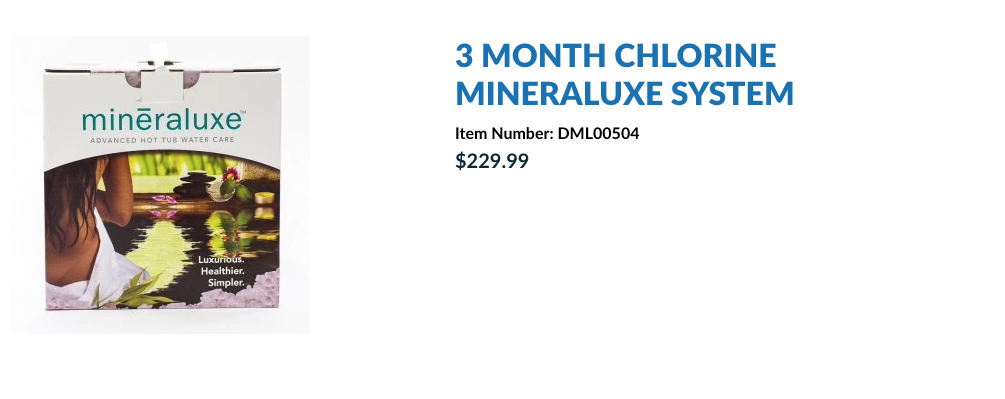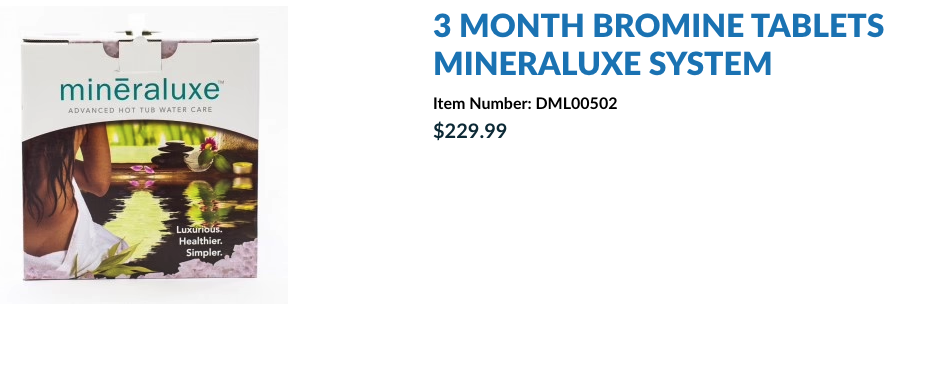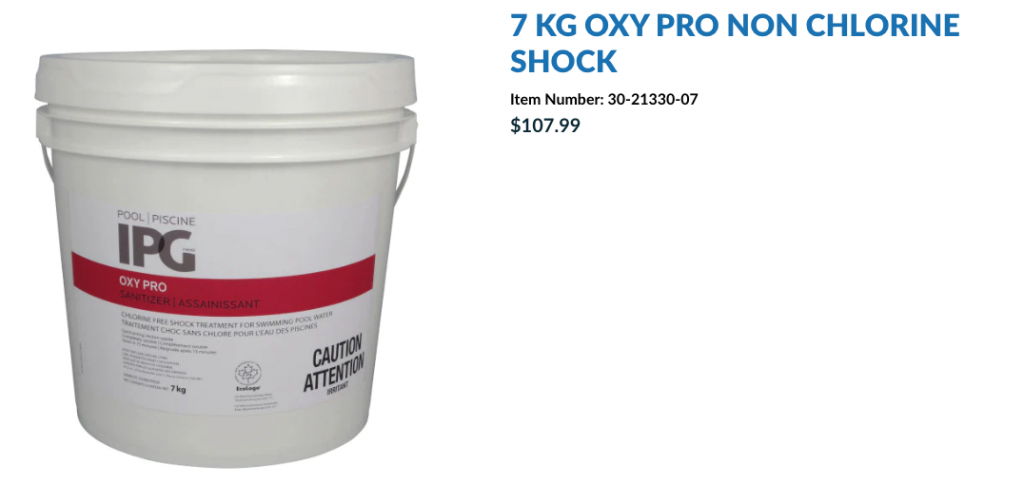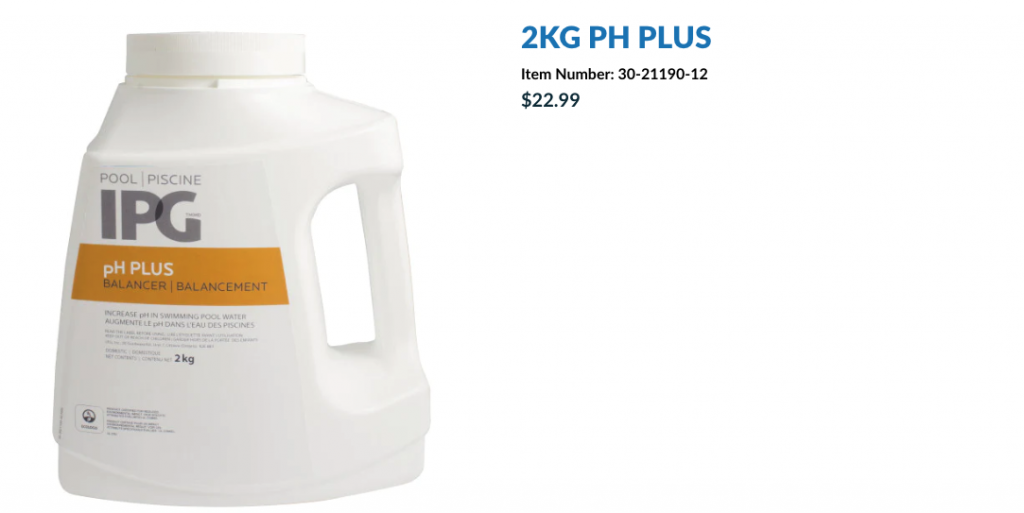MUST-HAVE CHEMICALS FOR YOUR HOT TUB
If you've invested in a hot tub, you'll want to take good care of it to extend its lifetime use and value. A big part of maintenance involves ensuring the correct water chemistry. And that's where the right balance of must-have chemicals comes in.
There are a wide variety of hot tub chemicals out there to balance your water chemistry and ensure your water is safe and crystal clear. But where to start?
Test strips will give you a baseline
Test strips are a good starting point when maintaining your hot tub water. At-home testing should be done weekly before entering your hot tub to ensure bather safety. But we recommend visiting Bud's Spas & Pools for a water test at least once a month for proper water balance. A monthly water test is also required to ensure that your hot tub's warranty remains valid.
Sanitizer is #1 when it comes to crucial hot tub chemicals
Testing strips and water tests will tell you the current levels of sanitizers: chlorine and bromine. Sanitizer keeps the water balanced and free from bacteria and algae.
Chlorine is popular because it is fast-acting, easy to add, and effective at killing contaminants. The downside is the more pungent smell which occurs because of the oxidation process. The proper chlorine level for a hot tub is between 1 to 3 ppm.
Bromine, on the other hand, has less of an odour than chlorine when oxidizing. It also lasts longer as it creates a reserve in the water that can be reactivated and has a lower PH. The lower PH helps keep the water properly balanced. Many hot tub owners also prefer it because it's gentler on your eyes, skin, and hair. The downsides are that it works slower.
The right amount of bromine levels for a hot tub is between 3 and 5 ppm.
IMPORTANT!
Before adding chemicals to your hot tub, ensure the pump is running, and the temperature is at least 80 degrees. This will ensure the chemicals will dissolve properly.
For more helpful tips, see our other post.
Shock is another must-have for regular hot tub maintenance
Shock or oxidizer eliminates bather wastes such as sweat, body oils, and cosmetics that tend to cloud the water. Remember to leave your cover off for 1 hour after the weekly shock!
pH levels are a balancing act
pH, or "potential of hydrogen," measures how acidic or basic the water is. The range goes from 0 – 14, with 7 being neutral. pH levels of less than 7 indicate acidity, while pH levels of greater than 7 indicate a base. For example, bleach has a pH of 13.5, while battery acid has a pH of 0.
The proper level of pH for your hot tub is between 7.4 and 7.6. Low pH can cause corrosion in your spa, while high pH can cause itchy, dry skin and a burning sensation in your eyes. High pH can also result in scale forming.
You also need to consider total alkalinity (TA). Alkalinity acts as a buffer for pH, neutralizing incoming acid and keeping pH from changing too much. Alkalinity goes hand-in-hand with pH levels. You should measure and adjust TA by adding an alkalinity increaser in small doses. Allow each dose to circulate before testing again. The ideal range for TA is 100 – 150 ppm. Only after the TA is in the optimal range should you move on to adjusting your pH.
DID YOU KNOW?
Hot tubs with quality filtration systems can keep your water crystal clear and clean with fewer chemicals. Hydropool's self-cleaning spas are a cut above when it comes to filtration!
Calcium hardness increaser will…you guessed it, increase calcium levels
Calcium hardness levels should fall within 175 – 250 ppm. If your calcium hardness levels are too low, you should add a calcium hardness increaser to prevent equipment corrosion and etching of the acrylic. Calcium hardness also plays an essential part in ensuring the overall mineral balance is correct, enhancing comfort, chemical efficiency, and maintenance cost.
There you have it, your must-have hot tub chemicals! These chemicals are top of the list, but other innovative products serve hot tub water maintenance remarkably well.
Need more assistance? We're happy to answer any of your questions or conduct a water test for you.
RELATED ARTICLES
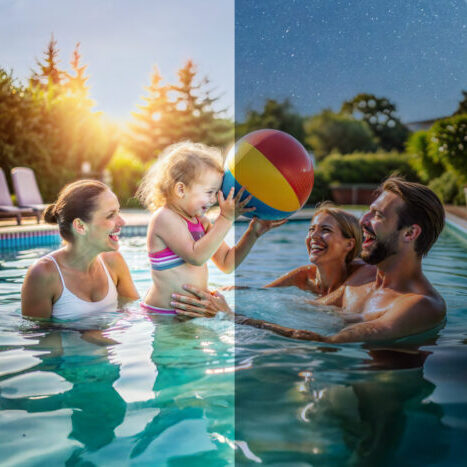
Luna + Solei: 24/7 Pool Care That Works While You Rest and Play
Luna + Solei: 24/7 Pool Care That Works While You Rest and Play What if pool care worked around your schedule-not the other way around? With Luna + Solei, you can finally enjoy a backyard pool that’s clean, clear, and low maintenance-without constant testing, shocking, and balancing. This revolutionary Day & Night Pool Care System…
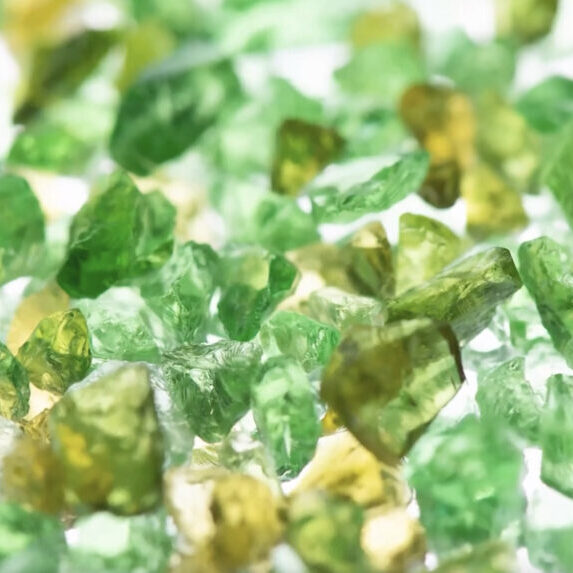
Upgrade Your Pool Filtration with AFMng: Say Goodbye to Sand, Hello to Sparkling Water
UPGRADE YOUR POOL FILTRATION WITH AFMng: SAY GOODBYE TO SAND, HELLO TO SPARKLING WATER If you’re still using sand in your pool filter, it’s time to rethink your water care. At Buds, we’re always on the lookout for the best solutions for our customers-and AFMng is a game-changer. Made from recycled, activated glass, AFMng is…
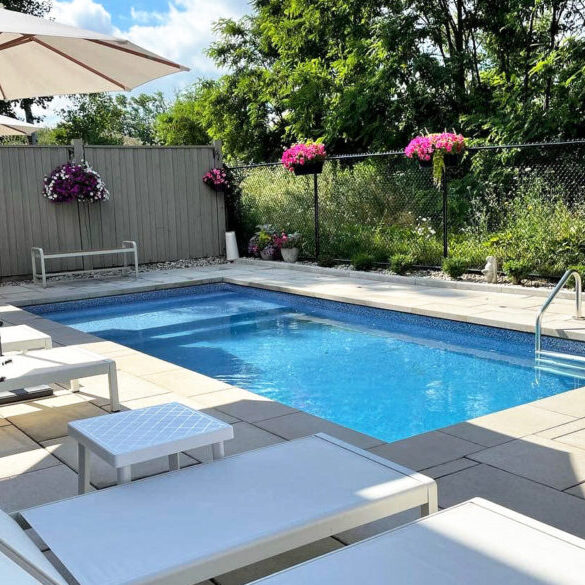
Plunge Pool vs. Traditional Swimming Pool: Which One Is Right for You?
Plunge Pool vs. Traditional Swimming Pool: Which One Is Right for You? When designing your dream backyard oasis, one of the biggest decisions is choosing between a plunge pool and a traditional swimming pool. While both offer the joys of relaxation and recreation, they differ significantly in size, maintenance, cost, and suitability for various lifestyles…
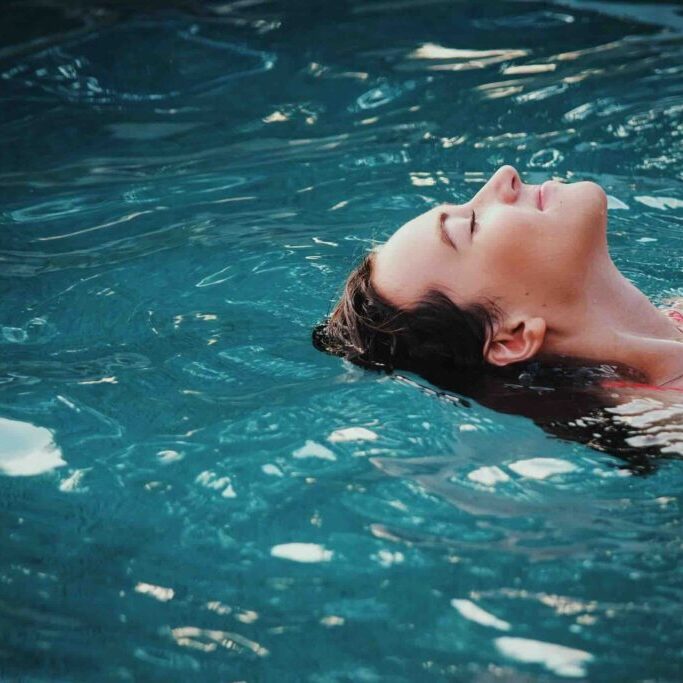
What is a plunge pool, and should I get one?
What is a plunge pool, and should I get one? If you’ve been researching pools at all this year, you may have noticed that plunge pools are seriously trending. While you probably have some idea of what a plunge pool is all about, you might be wondering about the specifics that make these pools different…
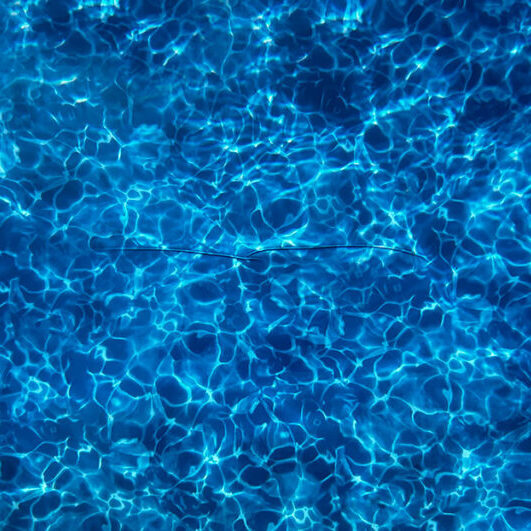
Understanding and Addressing Pool Liner Wrinkles
Understanding and Addressing Pool Liner Wrinkles When it comes to pool liner wrinkles, it’s crucial to distinguish between those caused by installation issues and those arising from other factors. If a wrinkle appears due to a poor fit or incorrect measurements during installation, it will be evident as soon as the pool is filled. Wrinkles…

What is a Pool Orientation and Why is it Essential for New Pool Owners?
What is a Pool Orientation and Why is it Essential for New Pool Owners? Owning a pool is a luxury that brings fun, relaxation, and a perfect gathering spot for family and friends. However, with this luxury comes the responsibility of maintaining and managing your pool to ensure it remains a safe and enjoyable space.…
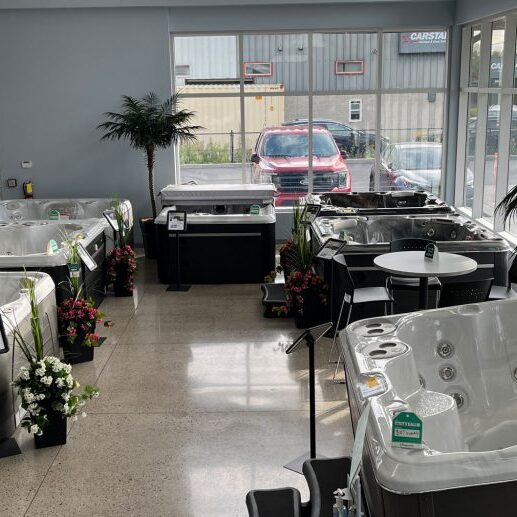
Benefits of In-Person Shopping for Hot Tubs, Pools & Swim Spas
We know that online shopping can be convenient. But at Buds we still believe that hot tubs, swim spas and pools, not to mention their parts and supplies, are best shopped for in person.
So while you might start your shopping journey online, we hope that you’ll take the chance to visit us in store before finally making your purchase.
There are many reasons why we think brick-and-mortar stores like Buds are the smart choice for customers.
Check out our top reasons and let us know if you agree!
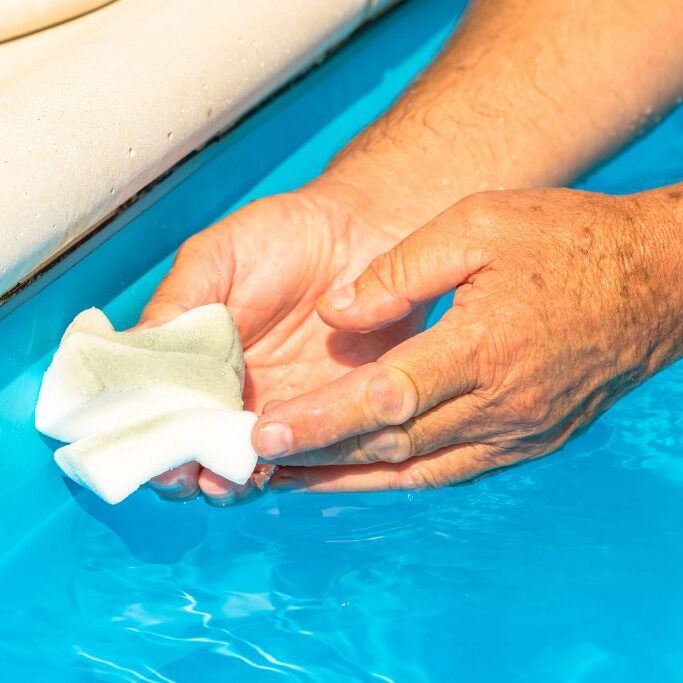
How to Treat and Prevent Metals and Staining
How to treat and prevent metals and staining Metals and Staining in a Pool Metals can be introduced to the water through foreign object or equipment such as: Copper piping and fittings, Heat exchanger, Using Copper Sulphate and other copper-based algaecides, Source water. Metals in pool water may cause staining to the liner, fiberglass, or…
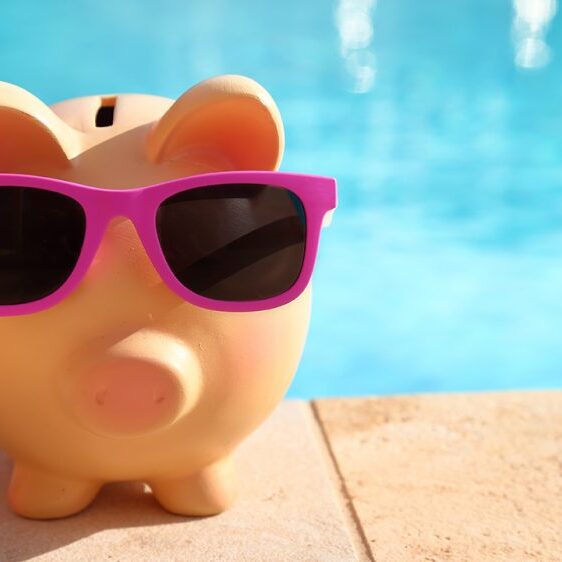
Should I finance my pool purchase?
In its most formal application, contrast hydrotherapy involves alternating between immersion in hot and cold water. It’s a practice with growing popularity among athletes and health enthusiasts for its many reported benefits.
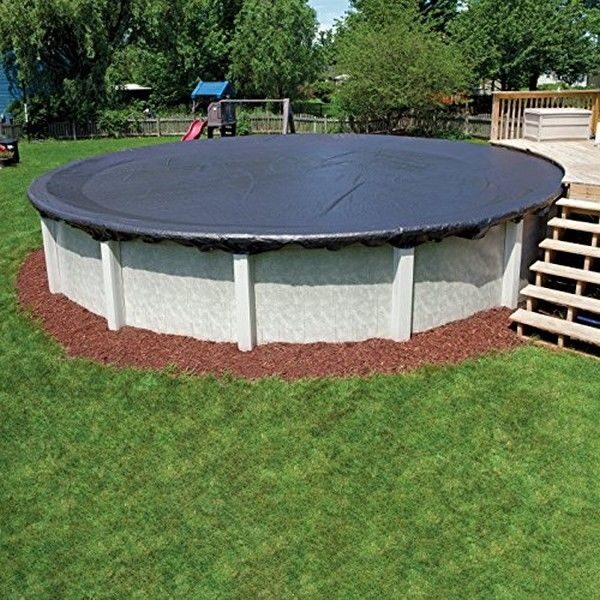
Above Ground Pool Closing Instructions
How to close your above ground pool Pool Closing Steps 1 One week prior to closing, bring a pool water sample to the store so your pool can be properly balanced. It is natural for sitting water to become acidic on its own, so balancing the water is very important prior to closing your pool.…
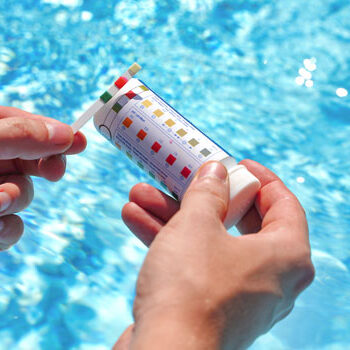
The Benefits of Borate to Treat Your Pool
Why Your Should Use Borate In Your Pool What is Borate? Borate prevents pH drifting, which results in calcium scaling, metal stains, cloudy water, algae, and hard pool water. When you use borate, the water will remain clear for a long period since chloramine (or combined chlorine) does not form quickly as compared to a…
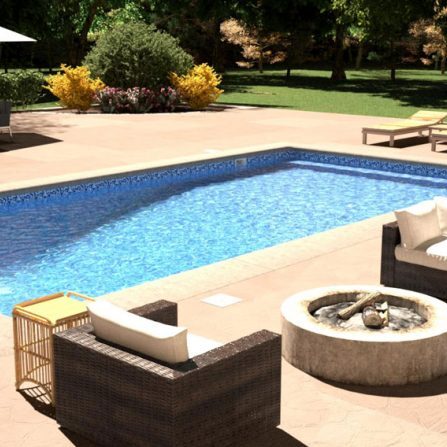
How to Reduce Phosphates in Your Pool
How to Reduce Pool Phosphates What are phosphates? Phosphates are food for algae. Although they are present in all water, once they reach a certain level they can cause issues in your pool. Phosphates can consume chlorine causing a consistently low level in your pool. When you have an extremely low chlorine reading, your pool…
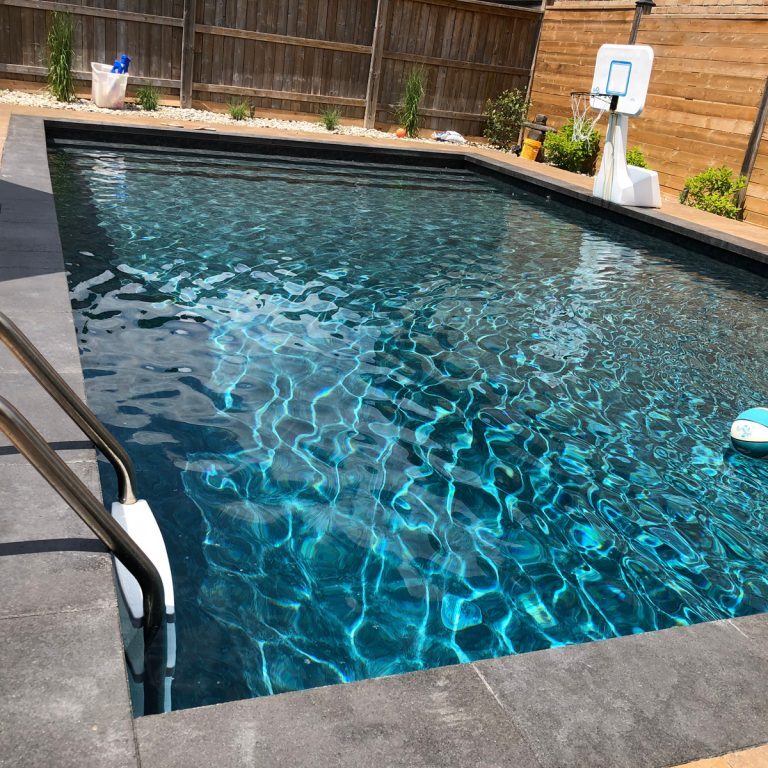
Spring Set-up for Pool UV Systems
How To Open Your Pool’s UV System SET-UP INSTRUCTIONS When spring arrives, it’s time to pull out your UV system and get it ready for the summer pool season. Below is a checklist that will help in getting the most out of your system. If your UV system is still installed on your pool equipment,…
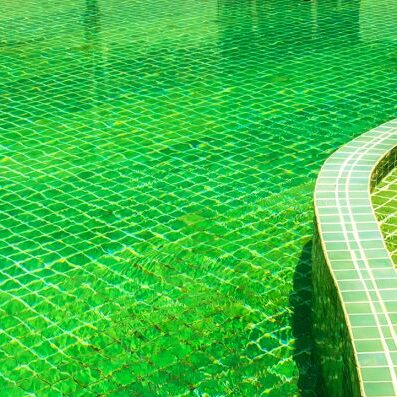
How to Treat Pool Algae
How to Treat and Prevent Algae How to Treat and Prevent Algae during Spring Opening Warning: when following these steps, DO NOT use your automatic vacuum as there is no option of vacuuming on waste/drain. Bring a pool water sample into Buds for water balance assistance. Remove large organic debris from the bottom of the…
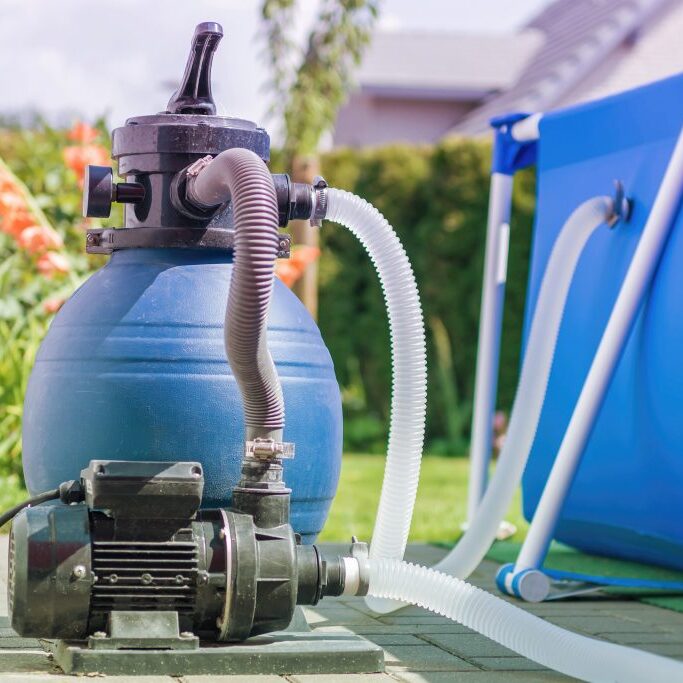
How to Change & Clean the Filter Media
How to Clean & Change a sand filter How to Change the Filter Media Sand should be changed in the filter every 3-5 years. However, if the sand is not cleaned once per season the sand may need to be changed much more often than that. 1 Turn off the pump. 2 Take the drain…
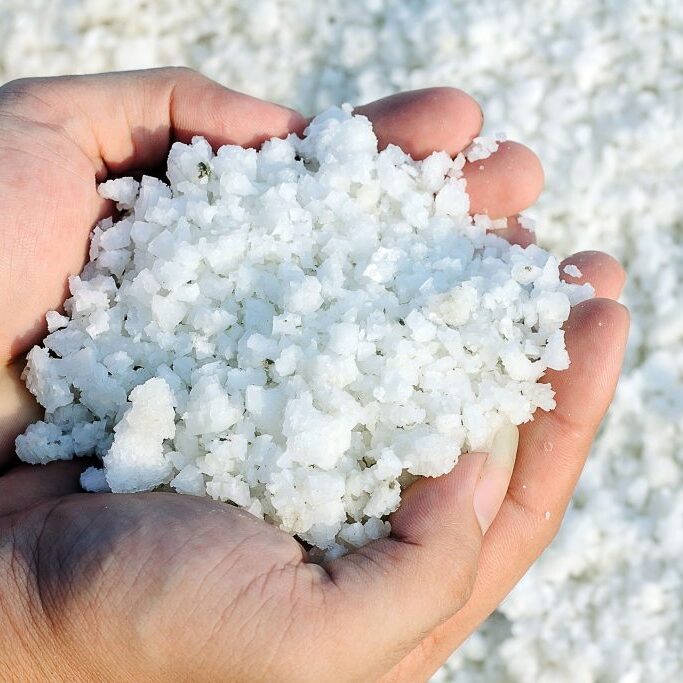
How to Clean a Pool Salt Cell
How to Clean a Salt Cell It is important to maintain a clean salt cell so chlorine can be continuously produced. Salt cells that have a lot of scale or calcium build up cannot effectively produce sanitizer and often create flow issues within the pool system. You should check your salt cell weekly to ensure…
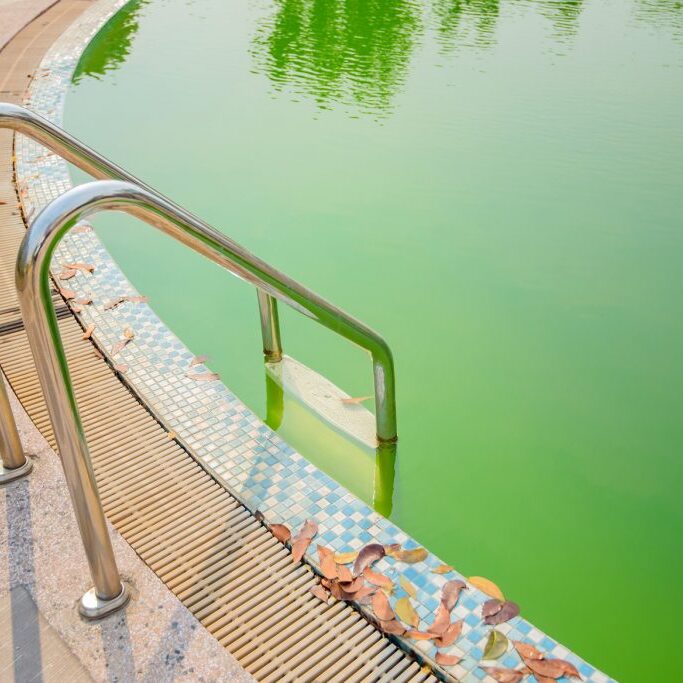
How to Treat and Prevent Cloudy or Foggy Pool Water
How to Treat Extremely Cloudy or Foggy Water How to Treat Extremely Cloudy or Foggy Water Bring a pool water sample into Buds Spas and Pools for water balance analysis. Adjust pH and/or chlorine levels as recommended by the water lab. Follow Option A, B or C depending on the level of clarity in the…
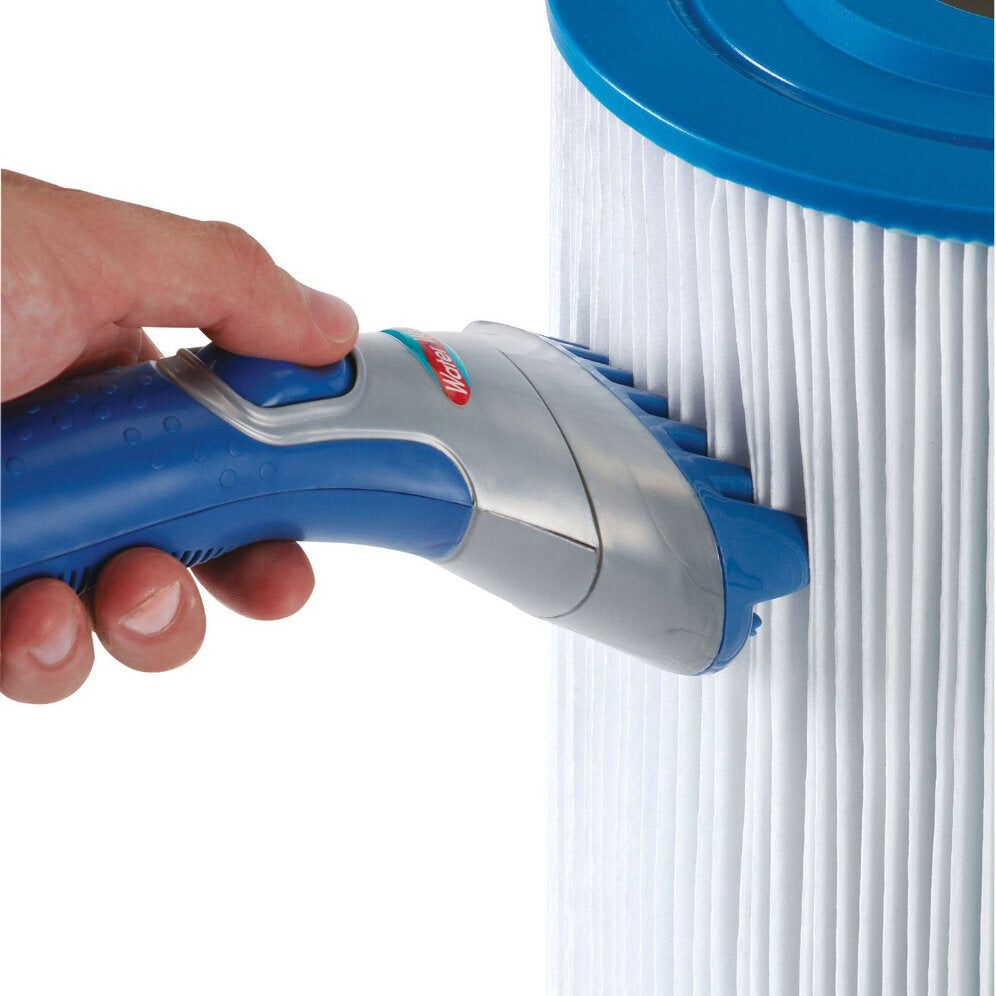
Pool Filter Cartridge Cleaning Instructions
How To Clean A Pool Filter Cartridge When should a cartridge element be cleaned? For hot tubs and swim spas, establish a routine cartridge cleaning schedule based on the amount of spa usage. This should include rinsing the cartridge weekly (or more frequently with heavy use), as well as using Rapid Action Filter Cleanse every…
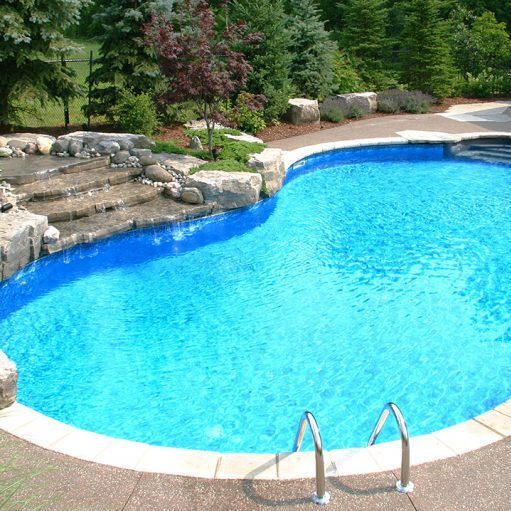
Maintenance for Saltwater Pools
Saltwater pool maintenance Helpful Tips to Maintain Your Pool New pool or new liner customers: Please bring in a water sample to Bud’s Spas and Pools before adding any chemicals and/or before entering your pool for the first time. Filtration To maintain proper filtration the pump should be operating 24/7. If your pump is on…
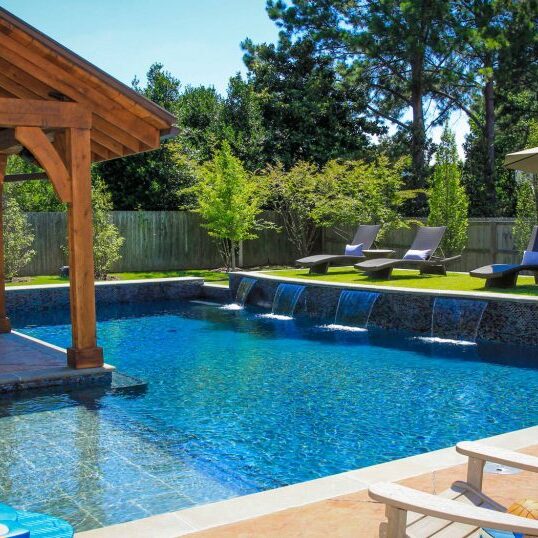
Maintenance for Non-Saltwater Pools
Non-saltwater pool maintenance HELPFUL TIPS TO KEEP IN MIND WHEN MAINTAINING YOUR POOL NEW POOL OR NEW LINER CUSTOMERS:PLEASE BRING IN A WATER SAMPLE (IN THE SAMPLE BOTTLE PROVIDED) TO BUDS SPAS AND POOLS BEFORE ADDING ANY CHEMICALS AND/OR BEFORE ENTERING YOUR POOL FOR THE FIRST TIME. Filtration To maintain proper filtration the pump should…
